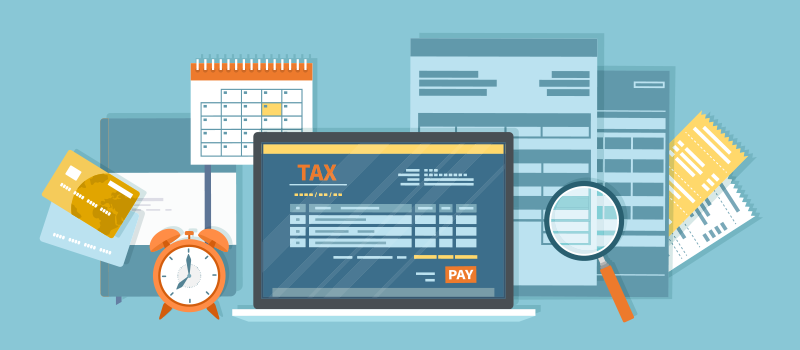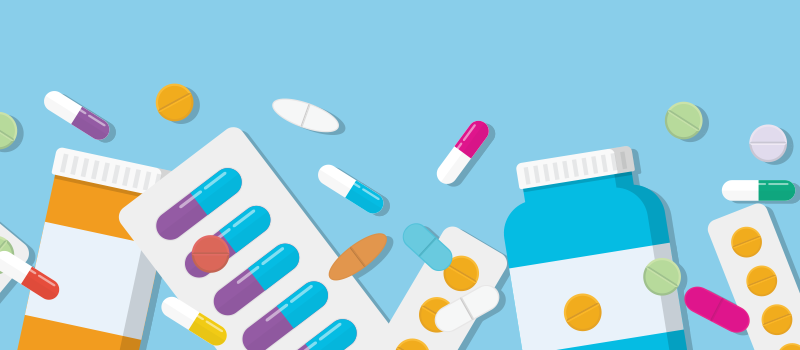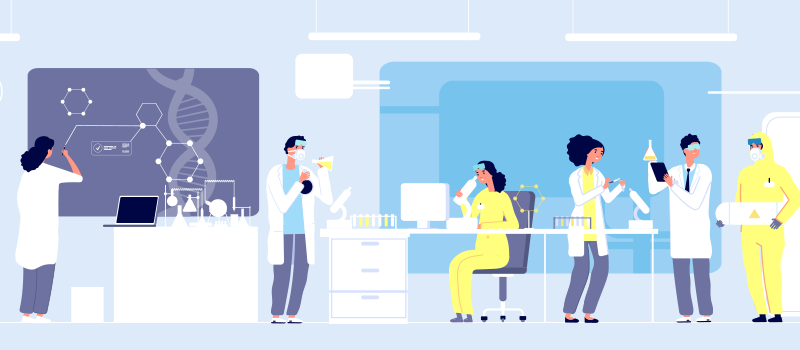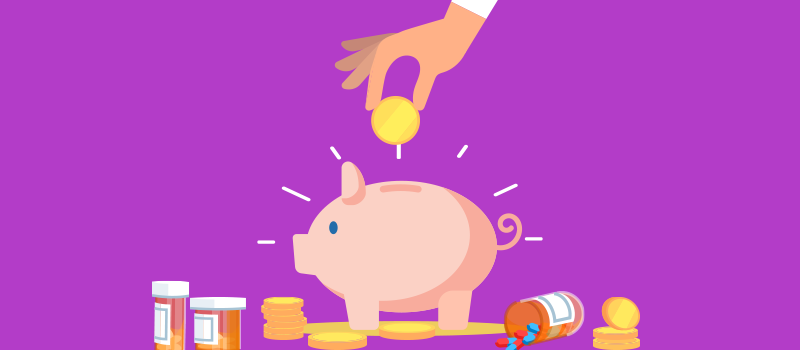Tips on How to Get Cheaper Prescriptions

Three out of four people in the United States find the cost of prescription drugs unaffordable. Moreover, one in three adults say they did not take a prescribed medication due to costs. According to some consumer reports, on average, a person in the US spends over $1,000 a year on prescription medications, higher than any comparable nation. But there are ways to save money on prescription drugs. Please continue reading for some tips to save.
Branded Drugs vs Generic Drugs
Generic alternatives of most drugs cost 30-80% less on average compared to brand-name medications. The generic equivalent of brand-name drugs contains the same active ingredients and is equally safe and effective. Therefore, you can reduce your drug costs by opting for a generic version of the same medication instead of a branded drug.
Prescription Drugs with a BuzzRx Card
A free BuzzRx discount card can help you save up to 80% on drug prices. Everyone is qualified for our preactivated prescription savings card that comes with unlimited use and no expiration date. You can use your BuzzRx card to save on prescription prices at over 60,000 participating pharmacies in the US, including Walgreens, CVS Pharmacy, Rite Aid, Walmart, and Kroger.
Drug Samples
Ask your doctor if they have samples of medications they are prescribing to you. Healthcare providers are authorized to hand out drug samples to patients, and this is one way of saving money on prescriptions. However, not all hospitals, medical centers, clinics, and group practices encourage or allow it. If your healthcare provider has a free drug sample, it can help you start treatment immediately, try the medication before you purchase your first prescription, and lower your overall prescription costs. However, drug samples are usually limited and you will eventually have to buy the medicine.
Patient Assistance Programs from Drug Manufacturers
Many drug manufacturers and pharmaceutical companies sponsor patient assistant programs to bring down medication costs for patients. This type of prescription assistance allows you to access a prescription drug for little or no cost using manufacturer coupons. If you need help affording a prescription drug, check the websites of the drug companies that make the medicine and see if they have any manufacturer discount programs.
Online Pharmacies
There are thousands of online pharmacies or mail order pharmacies that offer prescription discounts and copay discount programs. You can save money on your prescription purchases by having a prescription medication mailed to you by an online pharmacy instead of buying it at the pharmacy counter of your local pharmacy. Additionally, there is the convenience of home delivery.
However, shopping online for prescription drugs is fraught with risks, especially if you choose an online pharmacy located overseas. You may get unsafe medication, such as a counterfeit, a medicine with the wrong dose, an expired drug, or a medicine containing harmful ingredients. Always choose well-known names as your preferred pharmacies for shopping online. You can also find certified and accredited online pharmacies on the National Association of Boards of Pharmacy (NABP) website.
Bulk Buying
Some pharmacies offer discounts if you purchase prescription drugs in larger quantities. For instance, you may pay a lower per pill cost at your local drugstore if you purchase a 90-day supply compared to a 30-day supply. If you are on a particular drug long-term to treat a chronic condition, bulk purchases can help you save money.
Prescription Savings Clubs
Some chain pharmacies have prescription savings clubs to help you save on prescription prices. For example, the Walgreens Prescription Savings Club costs $20 for individuals and $35 for family memberships. The club offers hundreds of generic drugs starting at $7.50 for a 30-day supply.
Health Insurance
The majority of health insurance plans provide some coverage for prescription drugs. To see if a particular drug has insurance coverage, you will need to check the list of covered drugs under a specific insurance plan from an insurance company (this is called the insurance formulary). The formulary usually contains both generic and branded drugs. However, remember that the plan may only cover a portion of the prescription costs, and you might still need to pay a copay on your prescription purchases. Also, while some drugs may be automatically covered if your doctor prescribes them, others may only be covered for specific conditions or after you have tried other cheaper prescriptions.
Health Savings Account
If you have a high-deductible health plan (HDHP), you can open a health savings account (HSA) which is a tax-advantaged account that allows you to save for qualified medical expenses that are not covered by your HDHP. Individuals can contribute up to $4,150 a year and families up to $8,300 yearly (as of 2024) to an HSA. This money is tax-free and can be used to pay for qualified medical expenses. Both prescription drugs and over-the-counter drugs are qualifying expenses for an HSA. You get a physical debit card when you start your HSA. You can use this debit card to pay the cash price when you have your prescriptions filled at the pharmacy.
Benefit Programs
The National Council on Aging has a Benefits Checkup search tool. Older adults and people with disabilities can use this tool to find benefit programs that provide prescription assistance and help with healthcare, food, and utilities.
Government Programs
The US government has programs such as the Emergency Prescription Assistance Program (EPAP) to help uninsured individuals in federally-identified disaster areas to get prescription drugs, medical supplies, medical equipment, and vaccinations. The EPAP program helps people cope with disasters and reduces the strain on local healthcare systems. Eligible individuals can file claims at more than 72,000 pharmacies across the US to fill prescriptions that were lost, destroyed, or stolen in a disaster-struck area.
Nonprofit Organizations
Many nonprofit organizations help people with serious or chronic conditions afford their prescriptions. For example, Lilly Cares provides medications made by Eli Lilly and Company free of cost for up to 12 months to qualifying patients. Your local pharmacist may also be able to help you find such patient assistance organizations.
References:












SOCIAL